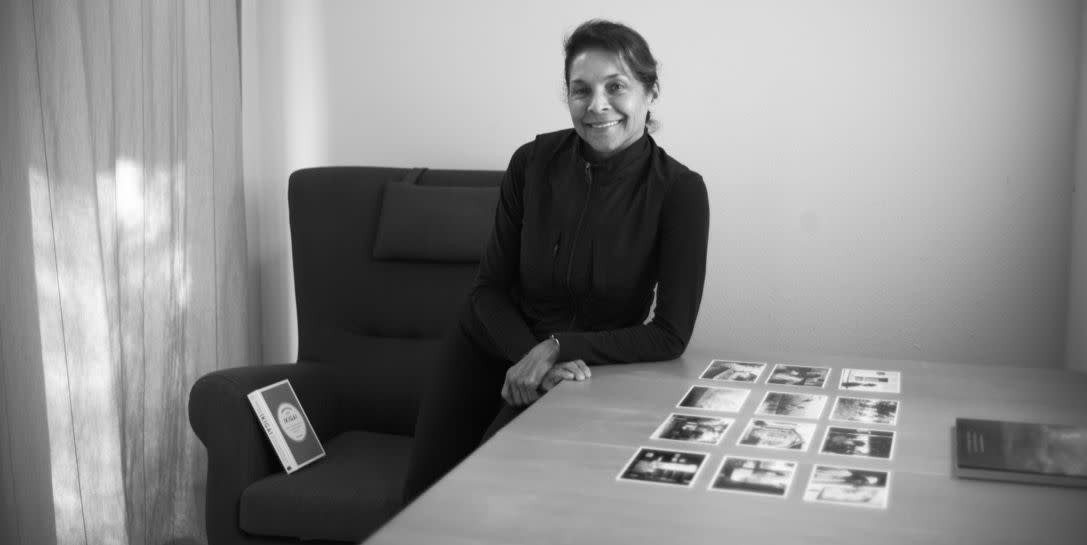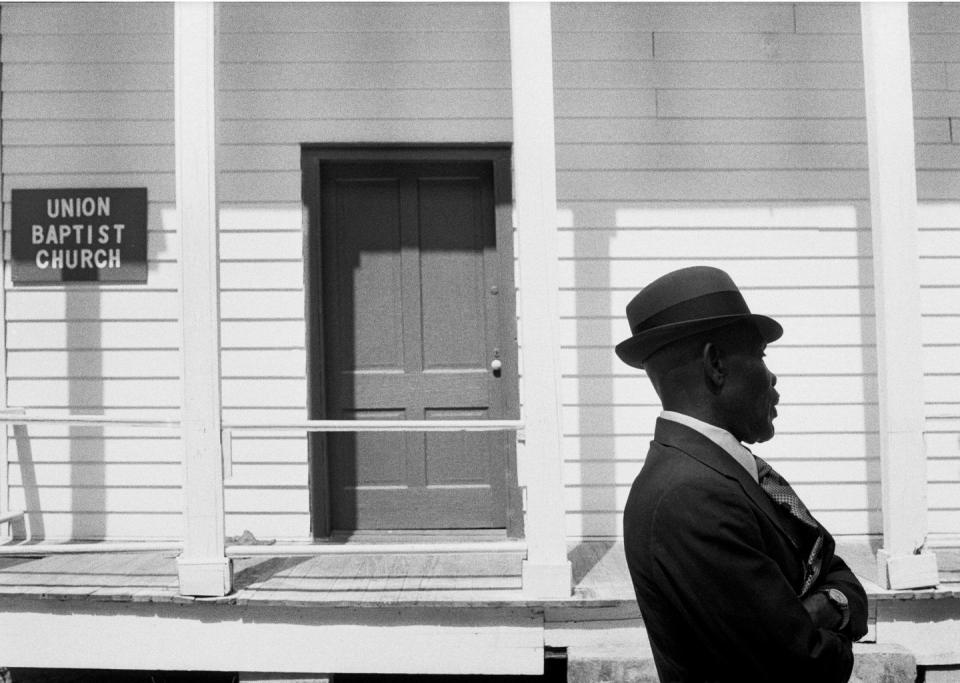For Photographer Jeanne Moutoussamy-Ashe, Art and Activism Are One and the Same

Despite a 50-year career as a photographer and activist, Jeanne Moutoussamy-Ashe remembers being 25 years old as if it were yesterday. “Twenty-five is when I became a global traveler,” she says from her home in Connecticut. “The first time you see your country from other shores is mind-blowing.”
Moutoussamy-Ashe’s first time seeing things that way happened to be from the shores of West Africa in 1977. The student photographer was partaking in a six-month independent program, studying sculpture, African architecture, and African literature. This time was so transformative for her that it catalyzed her series “The Daufuskie Island Project,” selections from which are now in the collection of the Whitney Museum of American Art (which is partnering with Hearst Magazines in a Women’s History Month program showcasing female artists). In her black-and-white documentary style, Moutoussamy-Ashe immortalized people who called the barrier island off the shore of South Carolina home in the 1970s and early ’80s. “This collection of work,” she says, “tells a truly American story.”
But where does the connection lie between the two coasts? “I started this particular body of work in 1977 as a response to my time on the west coast of Africa,” she says. When the young Moutoussamy-Ashe’s eyes locked onto the Cape Coast Castle, she remembers feeling as if a film reel were beginning to play in her mind. “I was completely emotional thinking about what had taken place there. My thoughts started to go not just to the journey or to being taken from your country, your land, your people, but what happened when you arrived?”

Ignited by these questions, she went to South Carolina, one of the major points in the transatlantic slave trade, and specifically Daufuskie Island, where the Gullah people, direct descendants of enslaved people, put down roots following emancipation. “I needed to make the connection personally, because history was taught very differently than it is now,” Moutoussamy-Ashe says. “It was the only sea island in South Carolina that wasn’t connected to the mainland by a bridge, and it took a long time to gain their trust.”
This is what Moutoussamy-Ashe does best: document experiences often seen only by those who are sensitive to the world around them. Perhaps a life of activism comes naturally. In 1995 she established the Arthur Ashe Endowment for the Defeat of AIDS, following the death of her husband, Arthur Ashe. Throughout her life she has told innumerable stories of the Black community, many of which have been exhibited at institutions like the National Gallery of Art and Galerie Hervé Odermatt in Paris. Separate works acquired by the Whitney, which include a portrait of a young violinist in Harlem and an elderly woman in her South Carolina home, exemplify this spirit, and it continues: Through June 4, Moutoussamy-Ashe’s work will be in the exhibition “Posing Beauty in African American Culture” at the Harn Museum of Art in Gainesville, Florida.
For Moutoussamy-Ashe, a good photograph is never driven by calculations. “I photograph not just with my mind and my eyes but with my heart,” she says. “If I’m not feeling it, then it’s only practice.”

This program is being presented in partnership with Johnnie Walker, which has awarded more than $1 million in grants to women-owned businesses and is helping women overcome historical barriers by showcasing stories of their progress.
This story appears in the March 2023 issue of Town & Country. SUBSCRIBE NOW
You Might Also Like


